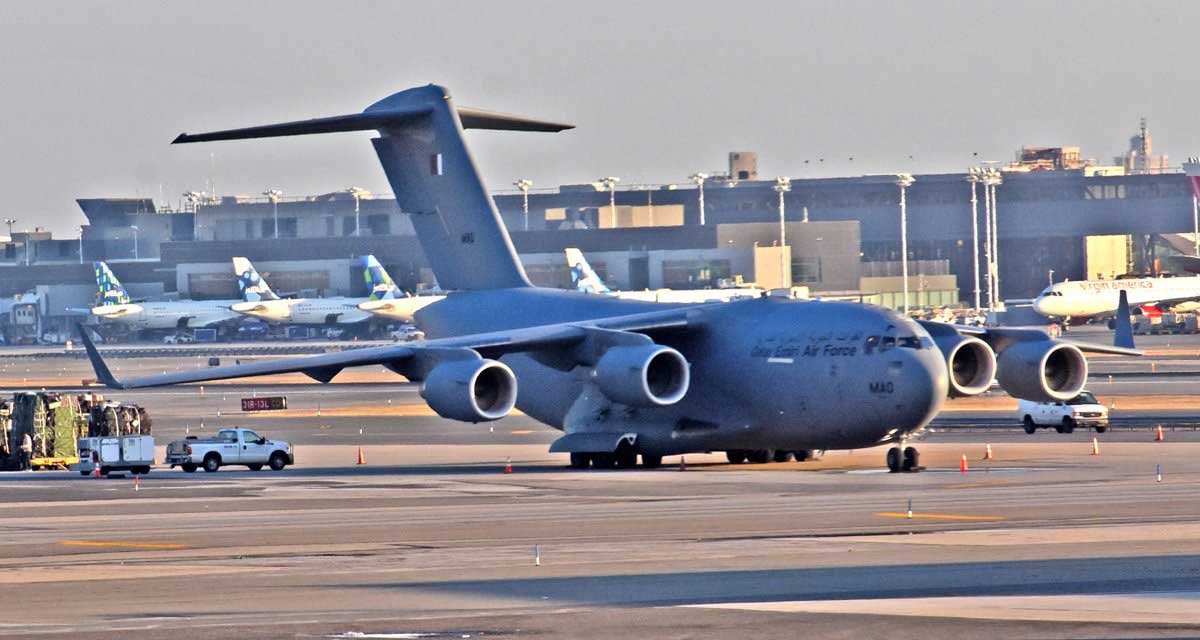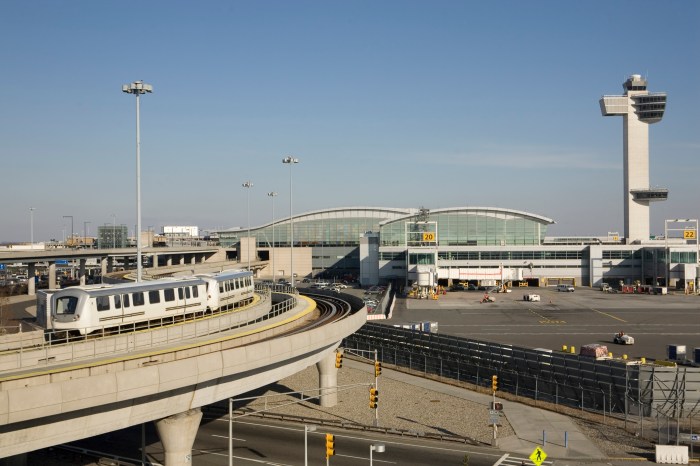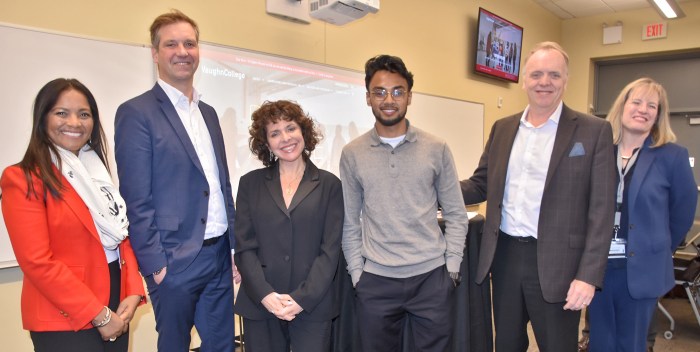Thales is a world leader in a wide range of security technology and operations command centers across the globe. As part of its services, it consults and builds airport operations centers worldwide.
David Scruggs, Thales VP, presented the Kaamco Security Committee with an overview of operations center around the world and the ways in which these commands become the nerve center of the airport. Thales’s experience has proven that “these centers are needed to respond to everyday logistical operations to the unexpected event, and have procedures and people in place to handle these with efficiency and collaboration,” said Scruggs.
To this end, JFK Airport has recently launched such a center, the Emergency Operations Center (EOC). According to Mike Moran, GM of JFK, there will be a seat for everyone at the table.” This “seating” would include every state and federal agency, airline and terminal personnel and every important company servicing the airport. At this time the JFKEOC is convened on as an needed basis anticipating problems such as weather or when emergencies occur but is going fully operational 24-7 in a couple of months. This type of airport response center will handle emergencies ranging from weather to extreme public safety issues.
Scruggs describes the variety of operations centers from Security Ops (SOC) to Joint Ops (JOC) to Emergency Ops (EOC) and Airport ops (AOC). Depending on the nature of the airport, there may be one overarching AOC, working together with a string of SOCs (like JFK where there are 5 terminal operators) or a combination of OCs. The main objective is to have “information to the right people at the right time. Emergencies need people within physical proximity to talk with each other and collaborate”, he stressed. “People need transparency with who is doing what, right now”.
The key however, is to have a communication thread connecting all these centers to provide information from end-to-end whether it be planes transits, or emergency responses. “It have to move from a silo mentality” to a collaborative effort,” Scruggs explained.




































